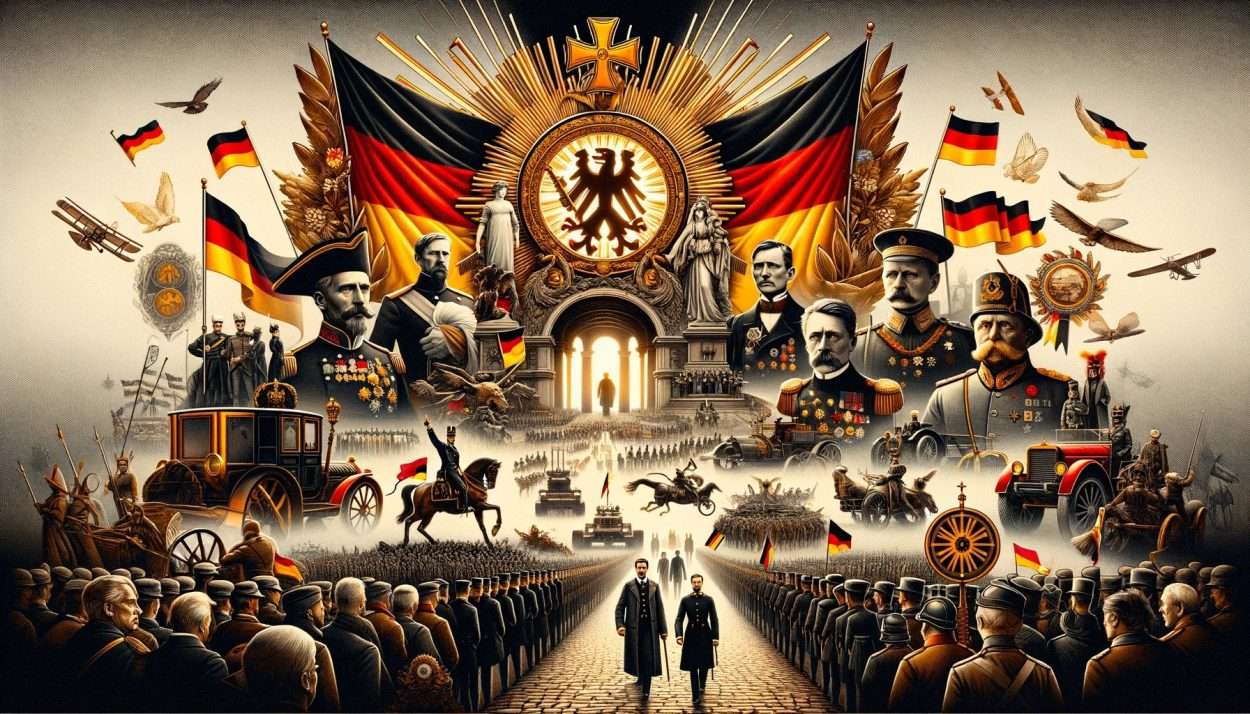
Unification of Germany: Detailed Analysis of the 19th Century Nationalism Movement

Class 10th, Subject Social Knowledge, Chapter 1 –
Nationalism in Europe
Essay Questions –
- Explain the process of unification of Germany? answer in detail
Answer
The unification of Germany is a pivotal event in European history, marking the rise of Germany as a major power on the continent. This process, which took place during the 19th century, was complex and involved various political, economic, and military strategies. Here’s a detailed explanation:
Background
Prior to unification, what is now Germany was a collection of loosely connected, independent states and territories known as the German Confederation. This confederation included over 39 states, the largest and most powerful of which were Prussia and Austria. The desire for a unified Germany grew among the people and was fueled by the rising tide of nationalism sweeping across Europe following the French Revolution and the Napoleonic Wars.
The Zollverein
The unification process began with economic cooperation through the Zollverein, a customs union initiated by Prussia in 1834. The Zollverein abolished tariffs between the German states, creating a free trade area and increasing economic cooperation. This economic unity laid the groundwork for political unification by demonstrating the benefits of collaboration and fostering a sense of common identity among the German people.
Bismarck’s Leadership
The unification of Germany is largely attributed to the efforts of Otto von Bismarck, the Prime Minister of Prussia. Bismarck, a skilled diplomat and politician, pursued a policy of “blood and iron” to achieve unification. His approach combined diplomatic negotiations with the strategic use of military force.
Wars of Unification
Bismarck orchestrated three critical wars that paved the way for German unification:
- The Danish War (1864): Prussia and Austria jointly went to war against Denmark to claim the territories of Schleswig and Holstein. This victory boosted Prussian prestige and influence among the German states.
- The Austro-Prussian War (1866): Bismarck intentionally provoked Austria into declaring war on Prussia. The swift Prussian victory in the Seven Weeks’ War led to the dissolution of the German Confederation and the establishment of the North German Confederation under Prussian leadership, excluding Austria.
- The Franco-Prussian War (1870-1871): The final step towards unification was the war against France, provoked by the Ems Dispatch. The war unified the southern German states with the North German Confederation against a common enemy, France. The decisive victory of the German states led to the capture of Paris and the fall of the Second French Empire.
Proclamation of the German Empire
The unification of Germany was officially completed on January 18, 1871, with the proclamation of the German Empire in the Hall of Mirrors at the Palace of Versailles. King Wilhelm I of Prussia was declared Kaiser (Emperor) of the German Empire, marking the end of the unification process. This event reshaped the political landscape of Europe, establishing Germany as a dominant power.
Conclusion
The unification of Germany was a transformative event that significantly impacted European and world history. It was achieved through a combination of economic cooperation, strategic diplomacy, and military might, under the leadership of Otto von Bismarck. The newly formed German Empire emerged as a powerful nation-state, altering the balance of power in Europe and setting the stage for future conflicts.